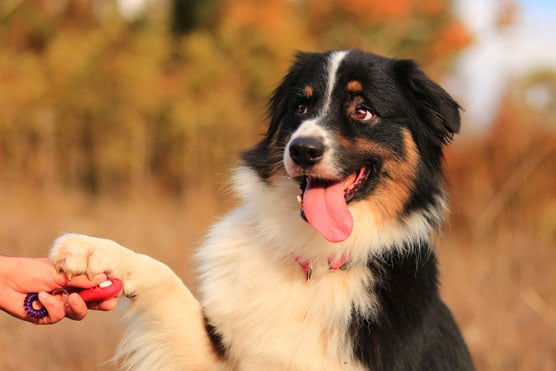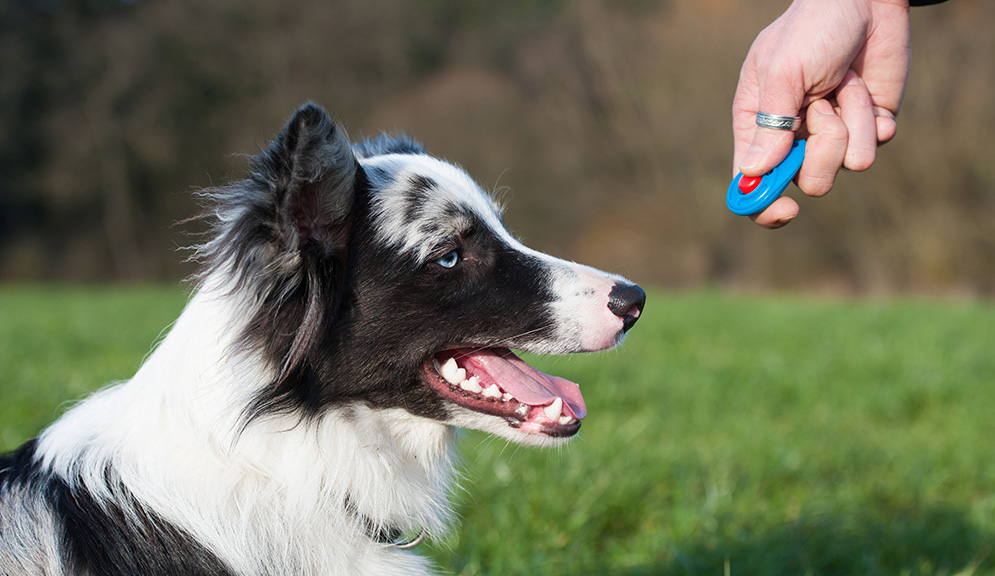Best Dog Training Rochester NY to Correct Behavioral Issues and Improve Obedience
Best Dog Training Rochester NY to Correct Behavioral Issues and Improve Obedience
Blog Article
Top Pet Dog Educating Strategies Every Proprietor Need To Know
Among the most noticeable techniques are favorable reinforcement, remote control training, and leash training, each offering one-of-a-kind benefits that contribute to a mannerly pet dog. As we explore these basic methods, it ends up being evident that understanding their subtleties can considerably affect the training experience and the dog's total habits.
Favorable Reinforcement Methods
Using positive support techniques is crucial for reliable canine training, as it fosters a relying on bond in between the pet dog and the trainer. This approach focuses on fulfilling preferable behaviors as opposed to penalizing unwanted ones, creating an environment conducive to learning. Benefits can consist of treats, appreciation, or playtime, which inspire dogs to repeat the behaviors that make them these incentives.
Favorable reinforcement is rooted in the concepts of operant conditioning, where habits is influenced by its effects. By regularly satisfying specific activities, instructors can shape a dog's habits over time. A pet that rests on command and obtains a treat is much more likely to repeat that behavior in the future.
Additionally, this technique boosts the dog's enthusiasm for training sessions. When pet dogs link training with favorable experiences, they are more involved and receptive. Beyond immediate therapy, positive reinforcement encourages a collaborative relationship in between the canine and trainer, minimizing anxiousness and anxiety.
To maximize effectiveness, it is vital to provide rewards quickly, making sure the pet dog links the behavior with the support. Essentially, positive support techniques not just generate better-trained canines yet also advertise an unified collaboration in between canine and owner.
Remote Control Training Method
The remote control training approach is a very reliable strategy that builds on the principles of favorable support by including a distinctive audio to mark desired actions. This method makes use of a little portable tool that creates a clicking sound, enabling trainers to connect with their dogs in a immediate and clear manner. When a canine performs an actions that the owner wishes to encourage, the remote control is triggered, followed by a reward, typically in the kind of treats or appreciation.
The secret to successful remote control training lies in consistency and timing. It is crucial to click at the precise moment the preferred behavior takes place, making certain that the pet dog associates the noise with the action and the subsequent incentive. This method not just enhances interaction yet additionally cultivates a more powerful bond in between the canine and the proprietor, as it motivates involvement and interaction throughout training sessions.
Clicker training can be related to a variety of commands and habits, from fundamental obedience to extra complex methods. Its versatility and efficiency make it a favored method amongst professional instructors and family pet owners alike, paving the means for a trained and receptive canine companion.

Leash Training Essentials
Efficient leash training is crucial for making certain a secure and satisfying walking experience for both canines and their proprietors. A level collar may work for some pet dogs, while others may profit from a harness that decreases pulling.
Present your dog to the chain slowly, allowing them to discover it in a comfortable environment. This involves gratifying your dog for walking next to you instead than pulling in advance.
If your pet begins to draw, stop strolling right away. In addition, technique different strolling settings to assist your dog adapt to distractions.
Routine method will solidify your pet dog's understanding of chain etiquette. Bear in mind that chain training is an ongoing process; persistence and consistency will produce the most effective results, cultivating a positive experience for both you and your canine buddy.
Socializing Techniques
Socializing is a critical element of pet dog training that ought to ideally begin throughout puppyhood but can be advantageous at any kind of age. Efficient socializing helps dogs create self-confidence and decreases the probability of behavior concerns. To carry out effective socialization approaches, reveal your pet to a selection of atmospheres, individuals, and various other animals.

Start with regulated setups, such as puppy courses or organized playgroups, where young canines can interact safely. Gradually introduce your pet dog to brand-new experiences, including various noises, surfaces, and tasks. Make sure these encounters are favorable and satisfying to establish a complacency.
For adult dogs or those doing not have exposure, begin with low-stress circumstances. Short, favorable communications with friendly people and tranquil canines can create favorable associations - Dog training. Use treats and praise to strengthen desirable actions during these experiences
Monitoring your canine's body movement is necessary; signs of worry or aggressiveness must be addressed immediately, either by eliminating the dog from the circumstance or redirecting its emphasis. Regularly exposing your dog to varied stimuli will certainly foster versatility, making it an all-round friend with the ability of growing in various setups.
Uniformity and Perseverance
Recognizing the significance of consistency and patience in pet dog training is important for achieving long lasting results. Training a pet is a gradual procedure that calls for a structured strategy and unwavering dedication from the owner. Each command or behavior must be reinforced constantly to assist the canine understand what is anticipated of them. Inconsistent training can result in confusion, making it hard for the pet to comprehend actions or commands, eventually hindering progress.
Additionally, patience is a crucial part of efficient training. Dogs, like people, learn at their very own pace. Some might grasp principles rapidly, while others could take longer. It is essential for owners to continue to be supportive and calm, enhancing positive actions without resorting to stress or punishment. This cultivates a trusting partnership between the pet and owner, urging a much more passionate and ready learner.
To cultivate uniformity and patience, establish a routine training regular, make use of the same commands, and make sure that all member of the family apply the same training principles - Dog training. By doing so, you produce a secure setting for learning, enabling your pet dog to grow and create into a well-behaved buddy
 his explanation Rochester NY
his explanation Rochester NYPuppy Training"/>
Final Thought
In conclusion, reliable pet training techniques, such as positive useful source support, clicker training, and proper chain training, are essential for cultivating a healthy and balanced owner-dog connection. Additionally, applying socializing techniques and maintaining uniformity and persistence throughout the training process adds substantially to a canine's overall health. By integrating these methods, pet dog owners can promote the advancement of well-adjusted, obedient animals, inevitably improving the lifestyle for both the pet and the owner.
Amongst the most popular methods are favorable reinforcement, remote control training, and leash training, each offering one-of-a-kind advantages that contribute to a well-behaved pet dog. As we explore these basic methods, it becomes obvious that mastering their nuances can significantly influence the training experience and the pet dog's overall habits.Utilizing favorable reinforcement techniques is essential for efficient pet training, as it promotes a relying on bond in between the dog and the fitness instructor.In verdict, efficient dog training techniques, such as positive support, remote control training, and proper leash training, are necessary for cultivating a healthy owner-dog connection. By incorporating these approaches, dog owners can assist in the advancement of well-adjusted, loyal animals, eventually improving the top quality of life for both the pet dog and the proprietor.
Report this page